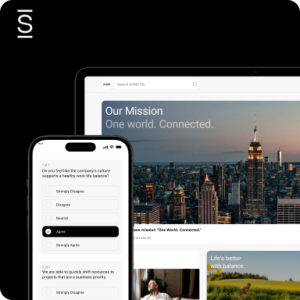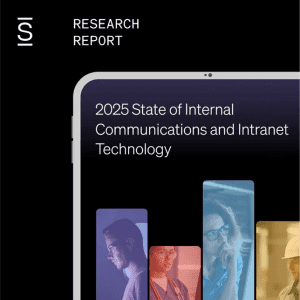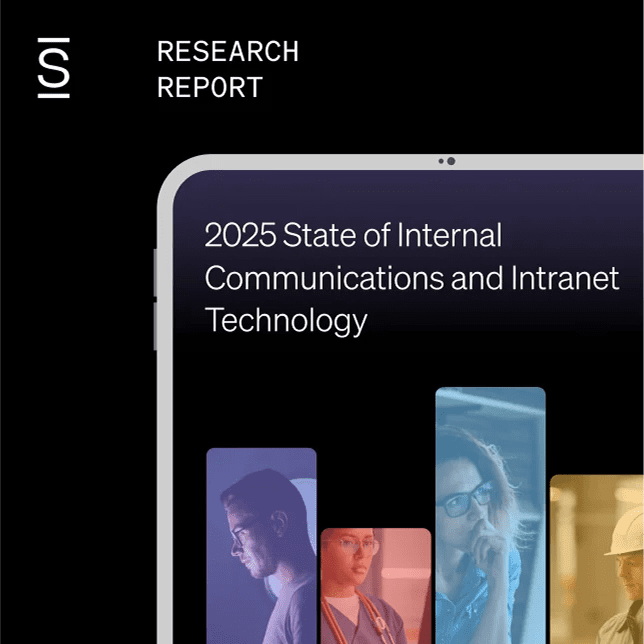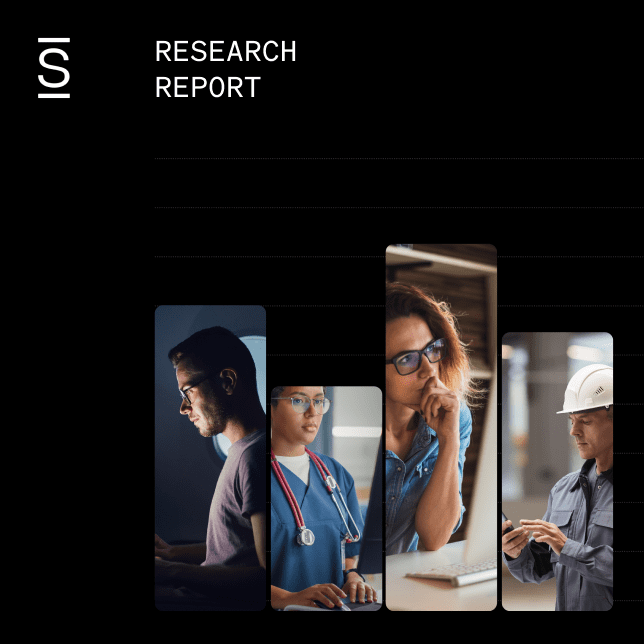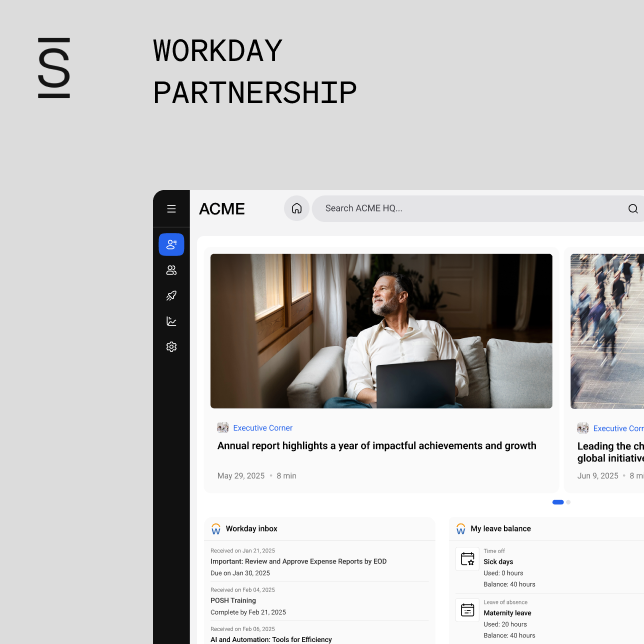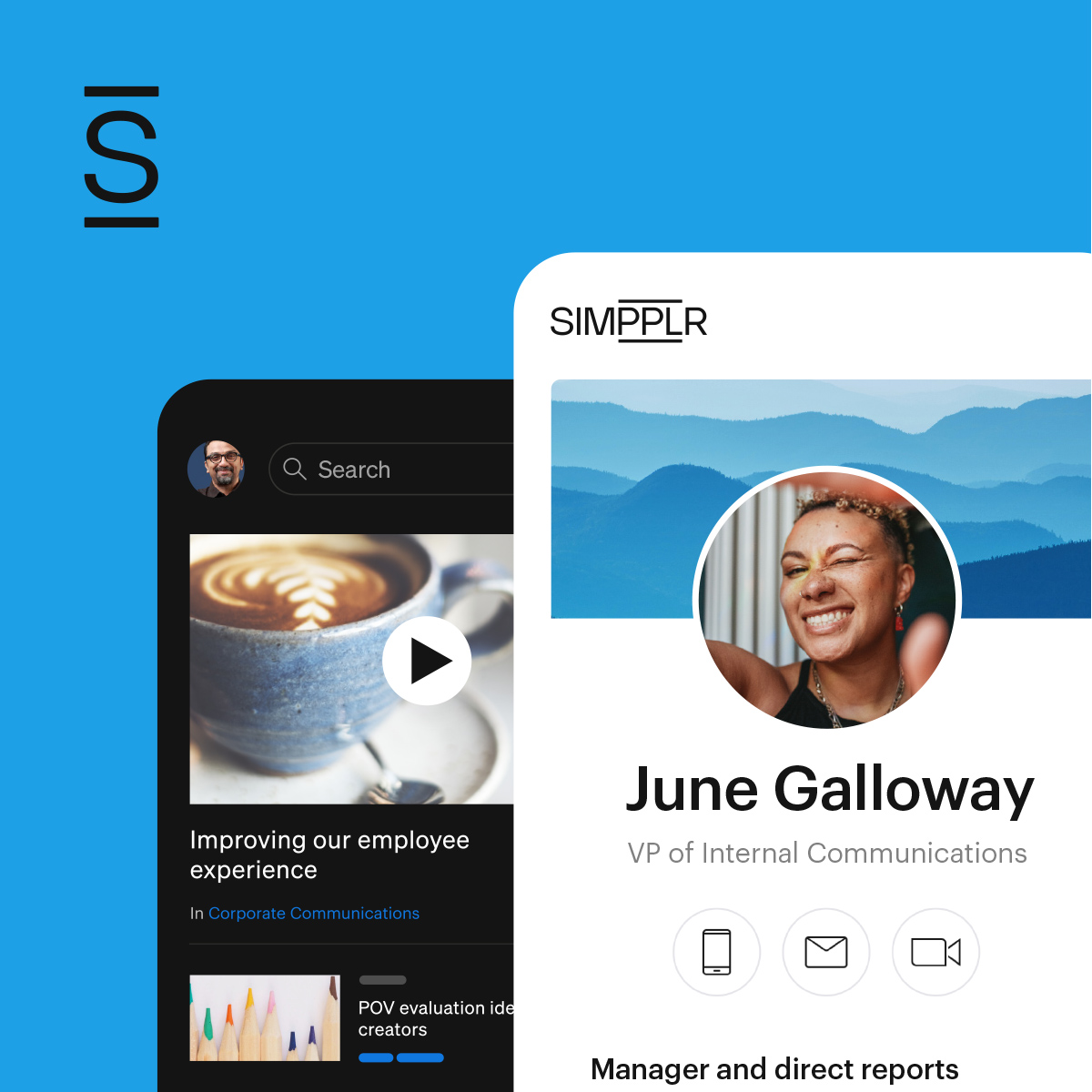Intranet defined
An intranet is a secure, internal digital workspace designed to connect employees, centralize company information, and streamline communication. More than just an internal website, a modern intranet is an AI-powered platform that enhances collaboration, productivity, and employee engagement.
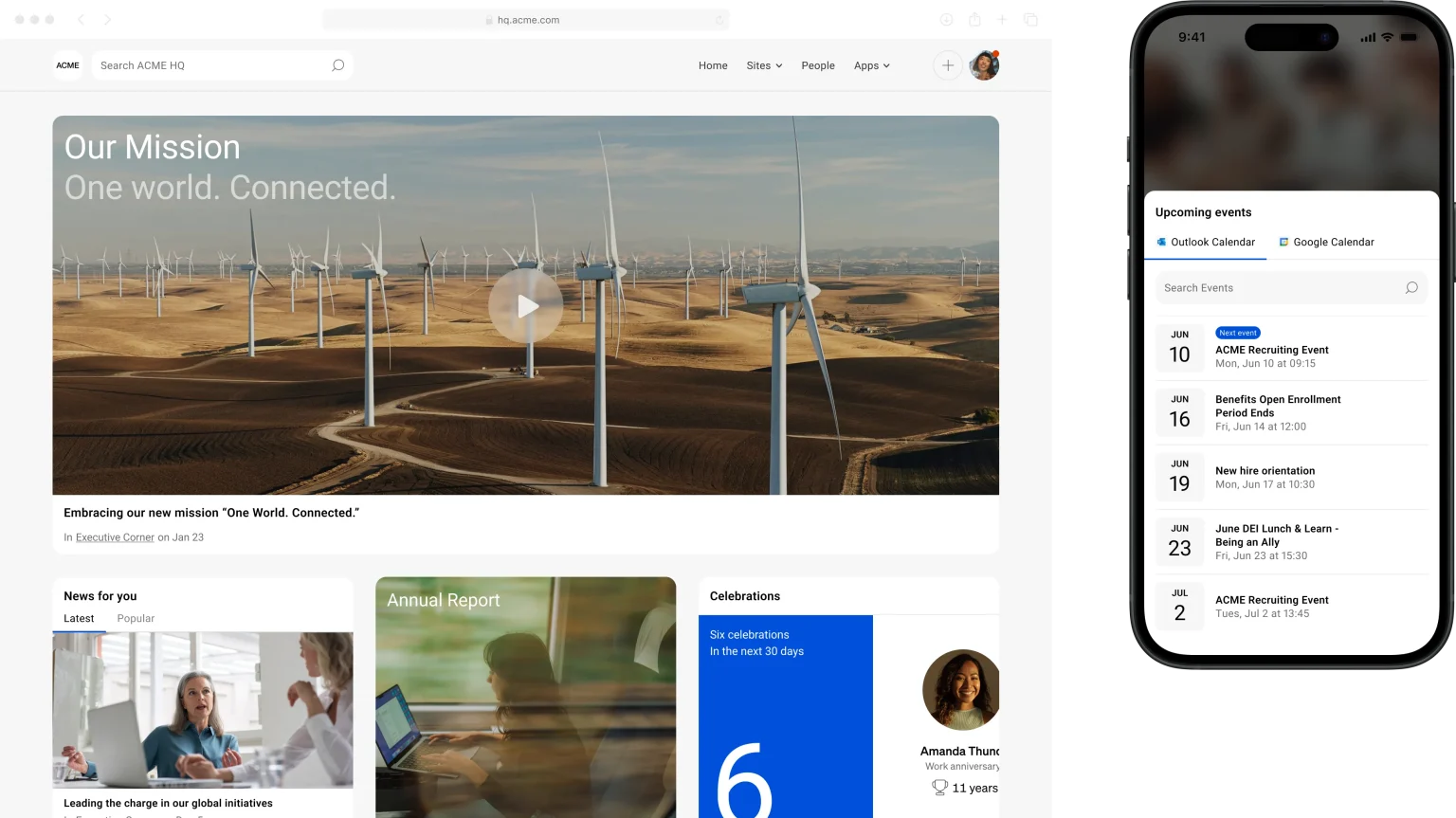
- 1 Why an intranet is important
- 2 Difference between intranet, internet and extranet
- 3 History of the intranet
- 4 How is an intranet used?
- 5 Intranet’s value in organizations
- 6 How an intranet works
- 7 Advantages of an intranet
- 8 Intranet disadvantages
- 9 Intranet best practices
- 10 Intranet features that matter
Why an intranet is important
Intranets provide a platform for communication within an organization. An organization uses an intranet to easily share important company news, updates, policies, content, and processes for employees or members. Additionally, employees use them to stay up to date, find help with relevant projects or needs and connect with their coworkers and leadership.

Ultimately, organizations leverage an intranet to create a more inclusive, productive, and experience-rich work environment for everyone. Therefore, an intranet may be just what your organization needs if you are a business or organization seeking to create a cohesive and collaborative work environment for your employees.
Difference between intranet, internet and extranet
Intranet, internet, and extranet may sound similar, but they serve very different purposes.
Intranet vs. internet
The key difference between an intranet and the internet is simple. The internet is a global network, also known as the World Wide Web — that anyone can access with an internet connection. On the other hand, an intranet is a private network used within a company. It’s like an internal version of the internet — only employees can access it, and it’s used to share company news, documents, tools, and resources securely.
Intranet vs. extranet
An extranet is an extension of an intranet that allows authorized external users, like partners, vendors, or clients, to access certain information or systems. An example of an extranet would be this glossary that you’re reading — you’re on the internet reading it, and it’s accessible to everyone. But an intranet would be hidden from you unless you were an employee of an organization that uses it.
History of the intranet
Today’s intranets are more sophisticated than the earliest versions. An AI-powered intranet is a source that organizations use for critical company communications, and it is a hub for the digital workplace, providing a space for productivity applications.
The modern intranet serves as a virtual water cooler; employees can connect socially while staying up-to-date with organization-wide data. And it is where employees can find the most critical documents and messaging.
But this hasn’t always been the case.
Originally, intranets housed only basic organization information and allowed for limited cross-communication. In the late 1990s, organizations began to use network drives frequently, and organizations used solutions like SharePoint to help with content collaboration. Solutions like SharePoint essentially put an interface on these repositories where organizations could put more context around stored content rather than assign it a simple file name.
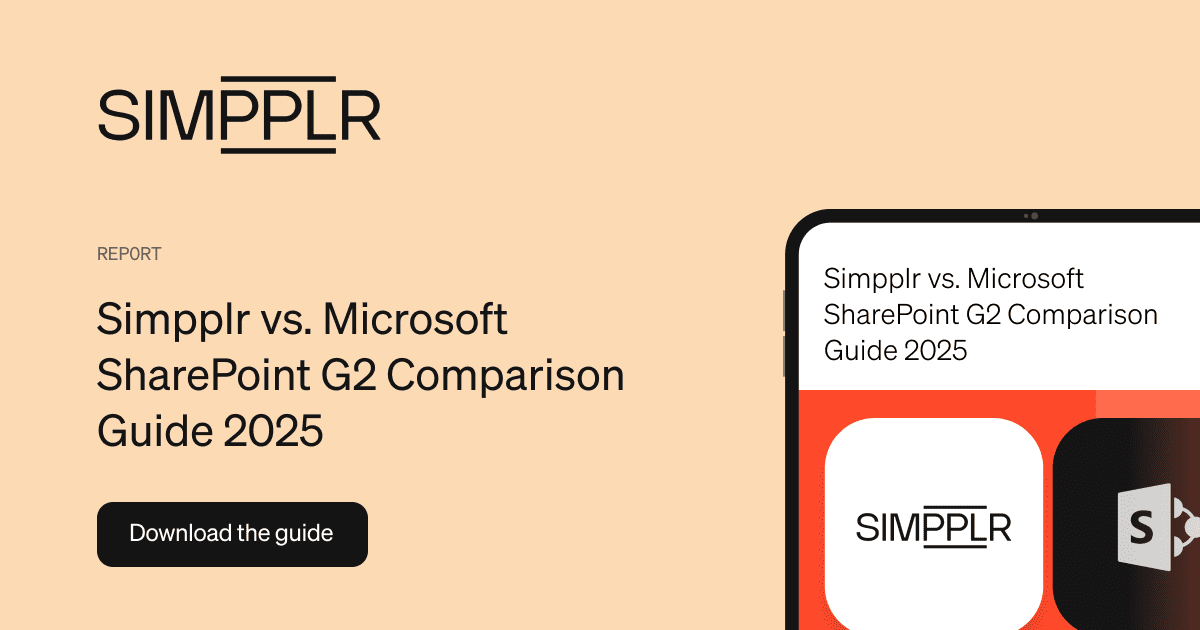
And this was before SaaS (software as a service) applications — ironically, the first intranets were not intra-connected. As a result, they required heavy IT support to launch, offered a poor user experience, and were costly to maintain. Because of this, companies struggled to keep content up-to-date, creating frustration on the employee side of things — causing them to abandon it altogether.
And then, in the early 2000s, Facebook and LinkedIn played heroes to organizations everywhere. Their social construct and way of sharing information made way for the modern intranet. As a result, many social enterprise tools began working to bring the same level of digital social collaboration to the workplace. Still, vendors struggled and suffered to find a place for the technology. And they ended up falling into a “point tool” category used only sporadically in an organization. And when organizations did try to use social collaboration tools in their intranet platforms, the user experience was fraught with issues, such as a lack of common-sense features.
Today, the modern intranet is experiencing a renaissance and has become purpose-built. It has perfected the previous generation’s abilities and helps employees stay informed on all must-read communications. It makes sense of and integrates with their digital productivity tools. It connects with internal experts, leadership, and coworkers, finds new up-to-date information, and socially interacts across geographical locations and departmental lines.

As the world of technology has evolved, the modern intranet has evolved along with it. It accommodates and leverages advances in cloud-based tools and connectivity, mobile apps and user experience, and artificial intelligence. This is how purpose-built intranets improve the employee experience.
Let’s look at how it’s used.
How is an intranet used?
There are various ways an intranet can meet the needs of organizations. These include:
Single source of truth
Intranets become the central platform where vital information and organization-wide data are stored. Here, all employees have access to the information they need when they need it. And it removes data siloes, allowing employees to access information that another department or team may have, instantly.
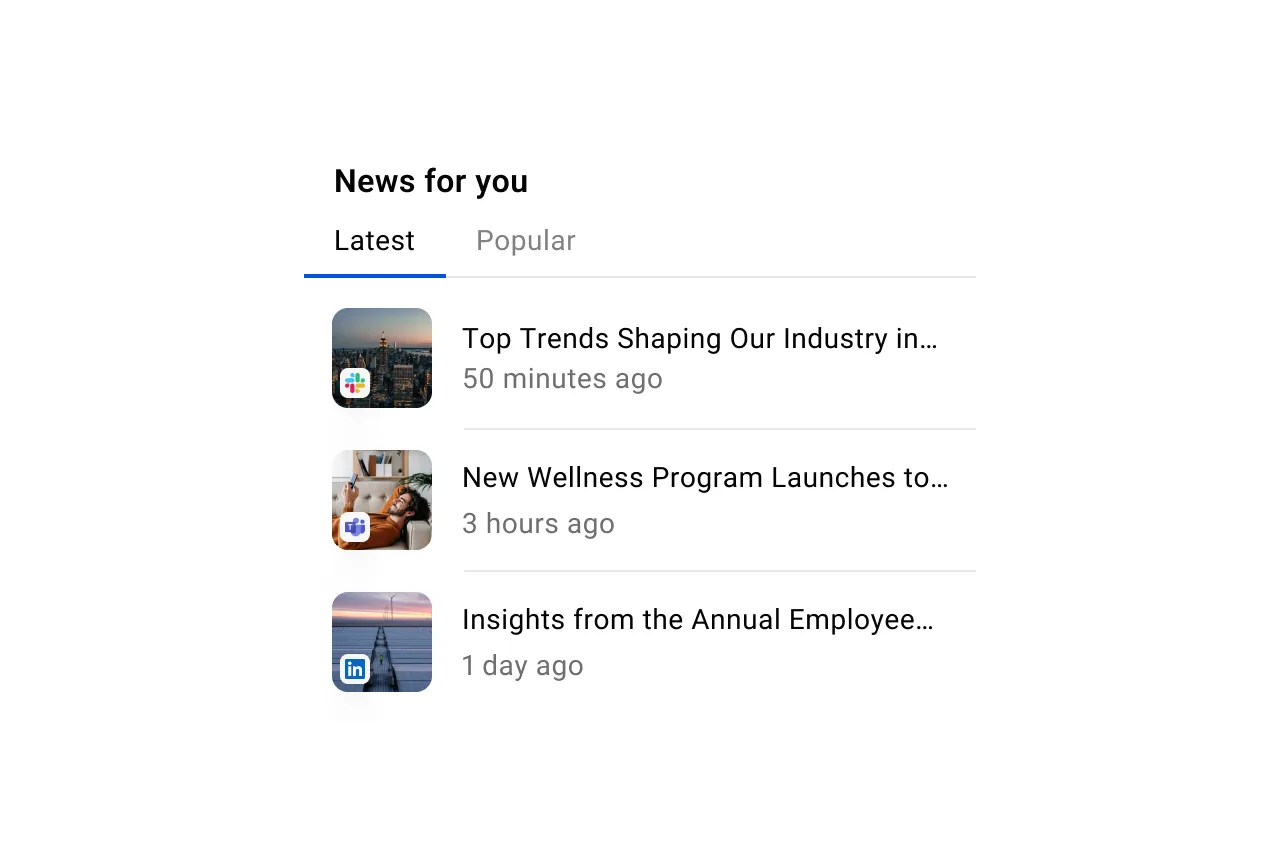
Collaboration and communication
An intranet provides a way to share information between employees and teams, making it easier for employees working at different locations to work together. It ensures essential messages reach every employee so organizations can deliver on their strategy. It connects people managers and leaders with their teams to build community and trust in the workplace.

Personalization
Intranets provide personalized content, and a modern one provides AI adaptive personalization — it adapts to employees’ preferences and searches — and serves up relevant information automatically. As a result, it saves employees time and frustration as they don’t have to search for what they need for their specific role — enabling them to do their job more efficiently.
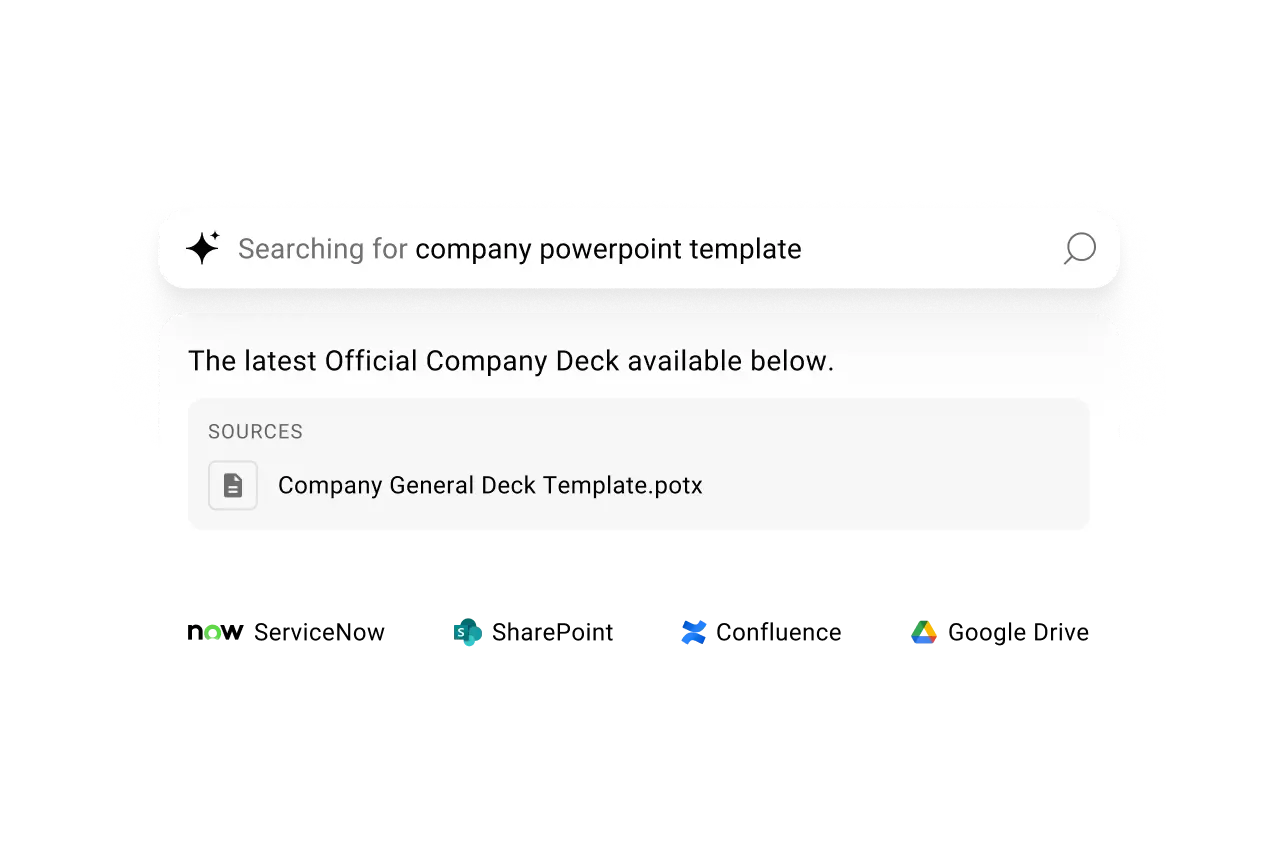
Org charts
A detailed employee directory is a critical element in keeping employees connected. An Intranet helps employees connect names to faces using an interactive org chart populated with rich employee profiles. This chart improves employee communications and removes barriers by familiarizing employees with one another.
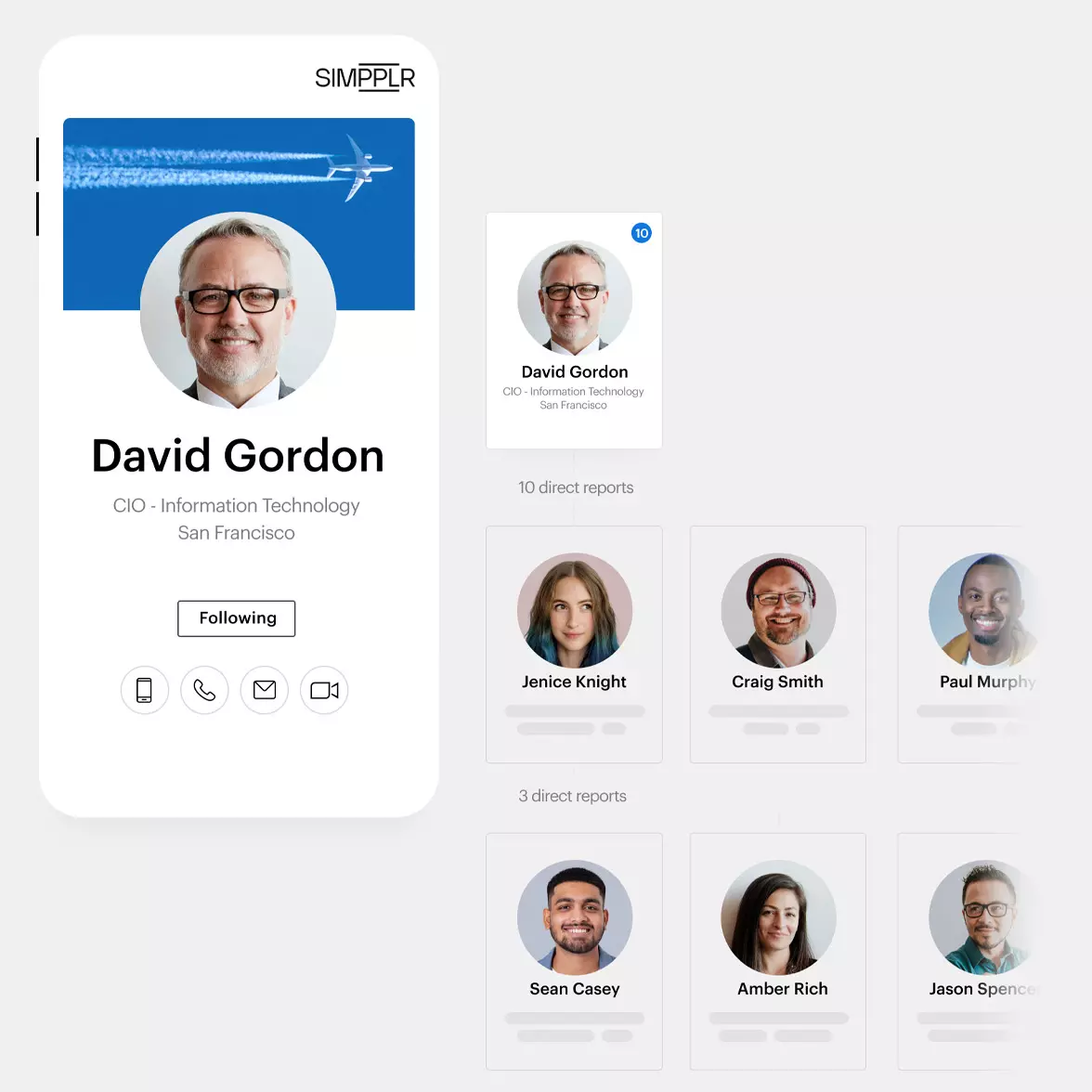
Easy access to information
Intranets should provide easy access to data and files on company policies, benefits, and updates. Additionally, a modern intranet software should have a smart search that queries all your organization’s databases and adapts to each user — returning only applicable data that employees need.
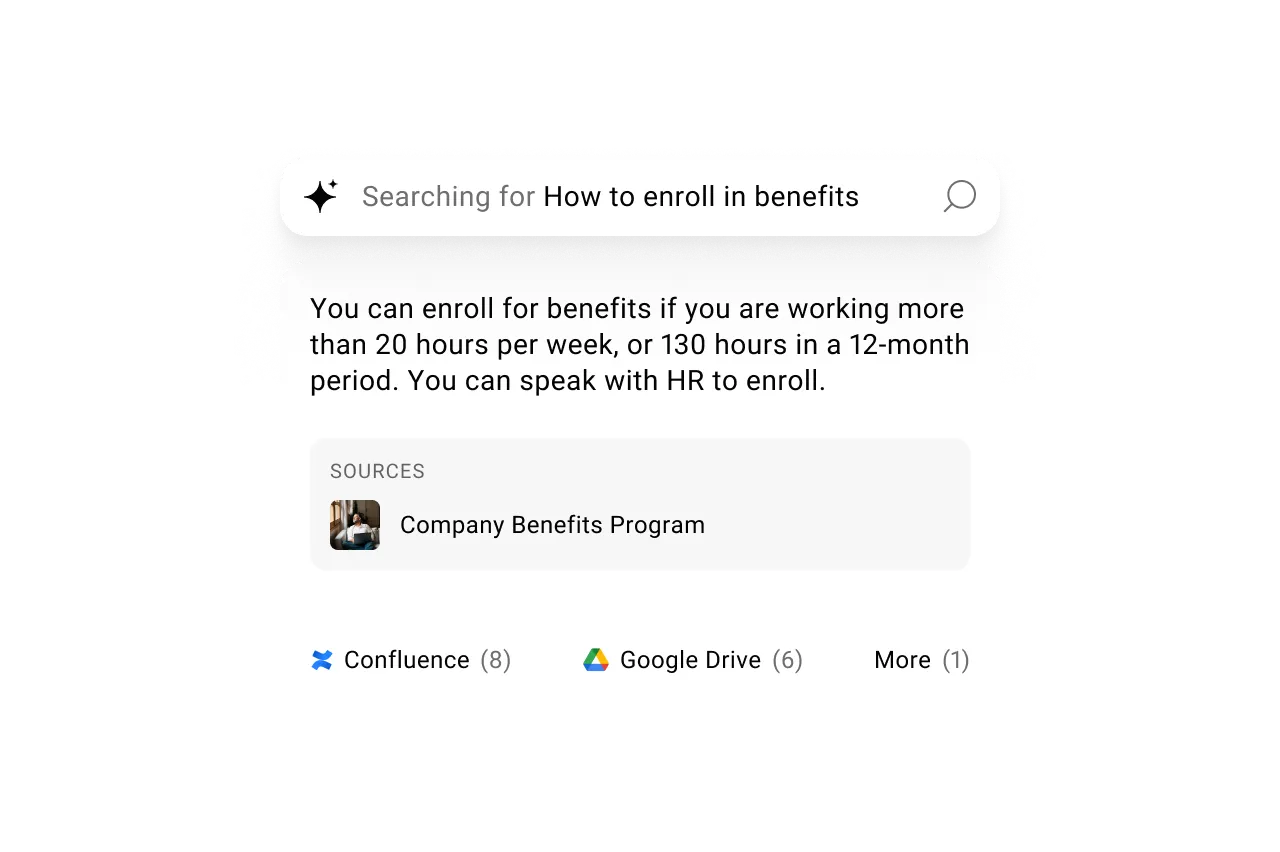
Social elements
Employees create an account, post content and status alerts, and can browse a newsfeed, similar to their social media accounts. But it goes further than this. A modern intranet offers social capabilities which build community and allow employees to celebrate together. It provides a space to band together, spark connections, and bond through special communities.
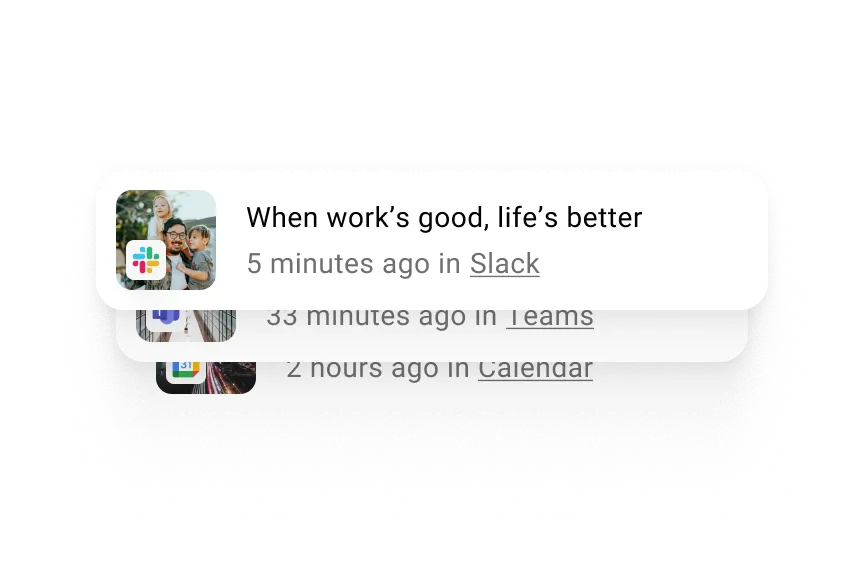
Automation
The most transformative AI-powered intranet automates and recommends personalized content, automates mundane tasks, provides accurate answers and makes it easy to simplify messaging. By automating workflows through GenAI, intranets can optimize everyday processes, boost employee productivity and ensure clearer, more efficient communication across the organization.
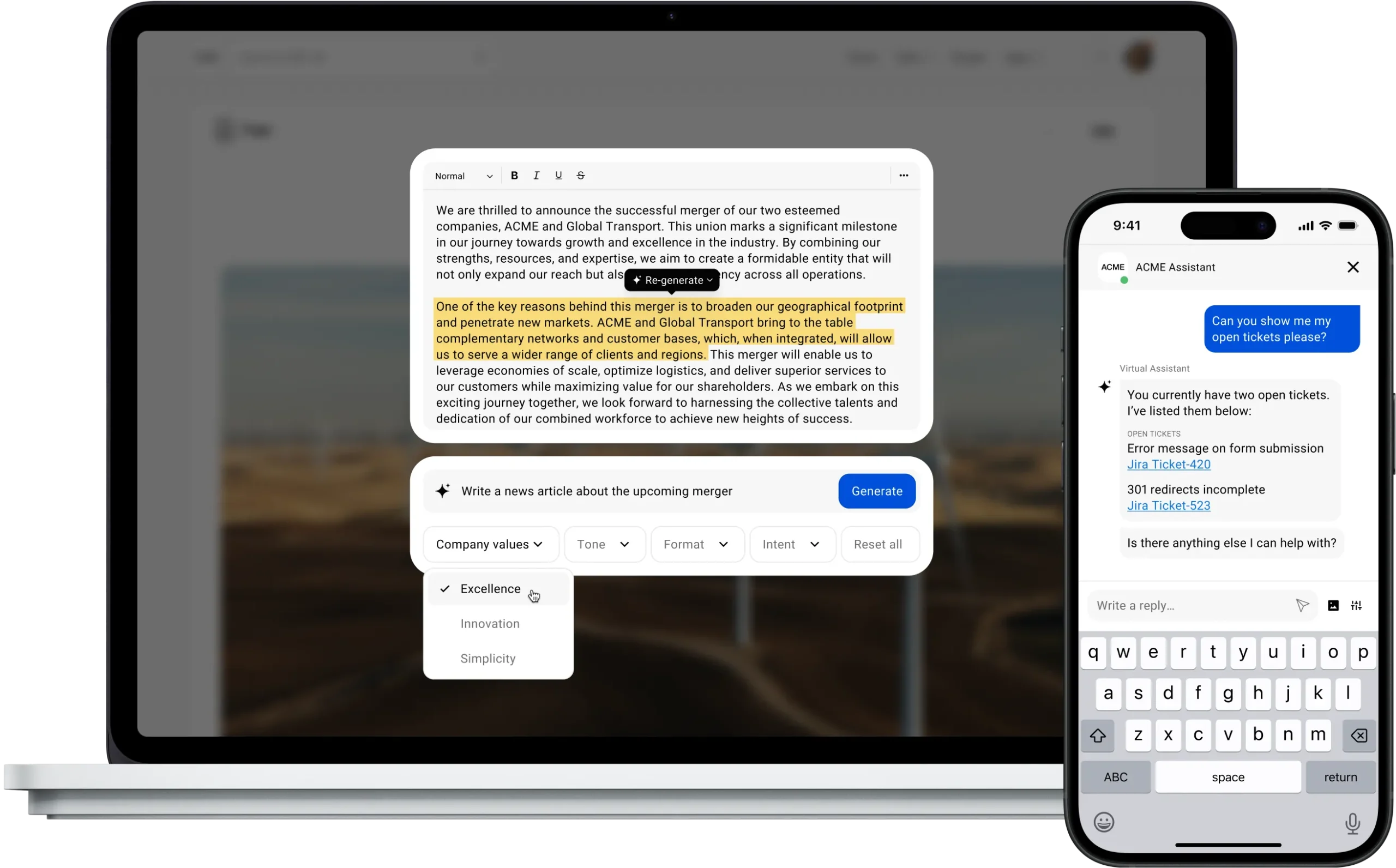
Recognition and rewards
Everyone wants to feel appreciated and with a modern intranet, recognition becomes part of the everyday. Whether it’s a shoutout for a job well done, a birthday message, or celebrating a team win, employees can easily share and receive recognition across the organization. Employee recognition is a simple, meaningful way to boost morale, build connections, and remind people that their work matters.
You can also download the five employee appreciation templates to showcase the team’s wins across your intranet and social media.
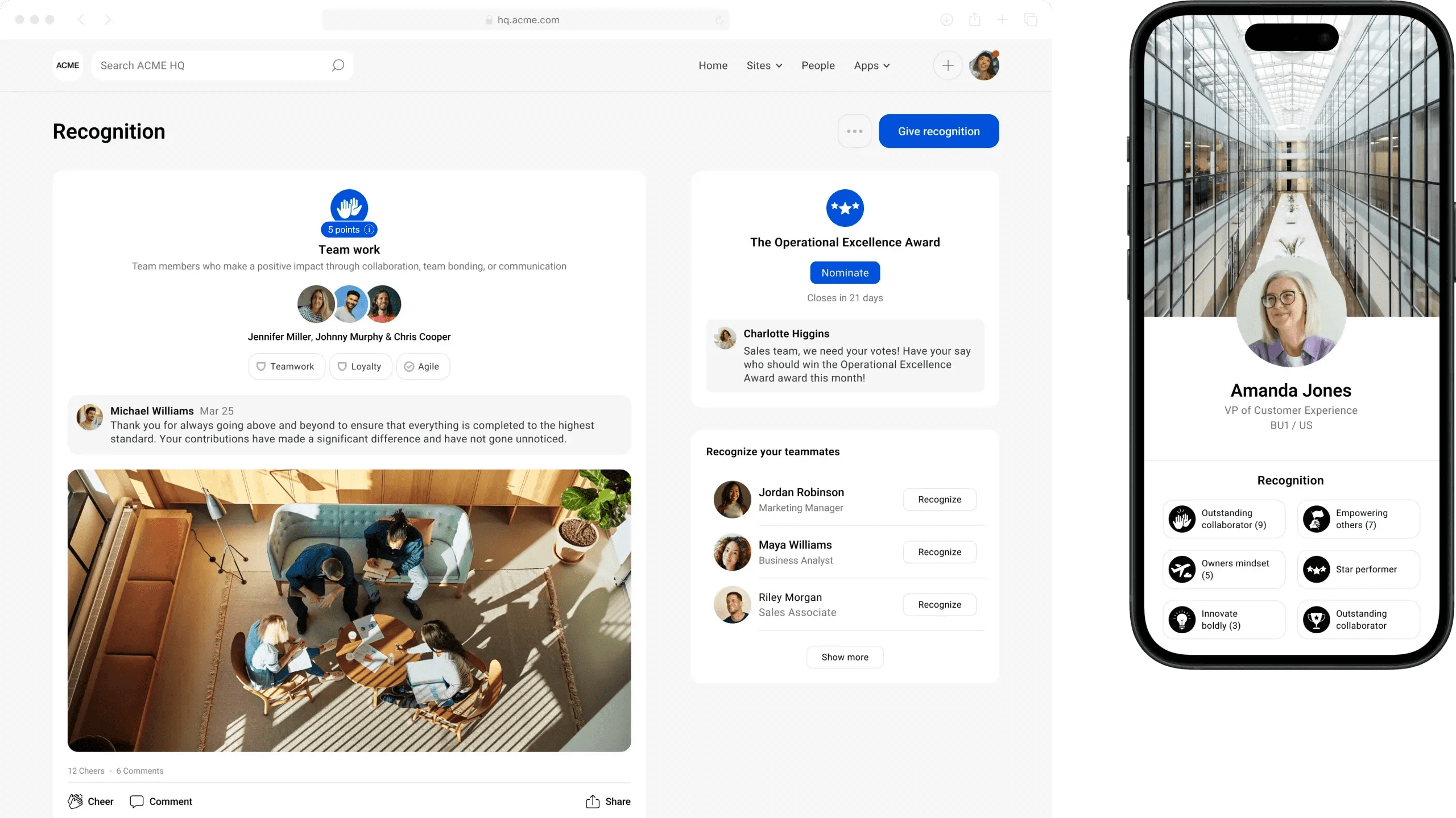
Related: 12 examples of employee recognition programs
Intranet’s value in organizations
You may have picked up on the theme of how intranets better connect employees. And this is true; below, we will explore how the value an intranet can add to an organization and its work processes.
Organizations measure the impact of an intranet on multiple fronts, including improving overall employee engagement, and employee retention, and by boosting employee productivity.
The value of an intranet includes the following:
Better employee engagement
A modern intranet keeps employees informed about critical communications such as company announcements, strategy, and events. They can also find and interact with the subject matter experts across the organization.
Additionally, an intranet acts as a platform for social communication between coworkers, sharing personal news, and discovering shared interests. These communications help foster a happier working environment, building a company culture where people feel included.
Finally, when used correctly, an intranet can give employees a voice and level of equality in the organization, where ideas can be voiced and heard without bias. These qualities make an intranet something employees can rely on and a tool they want to use, thereby increasing engagement.
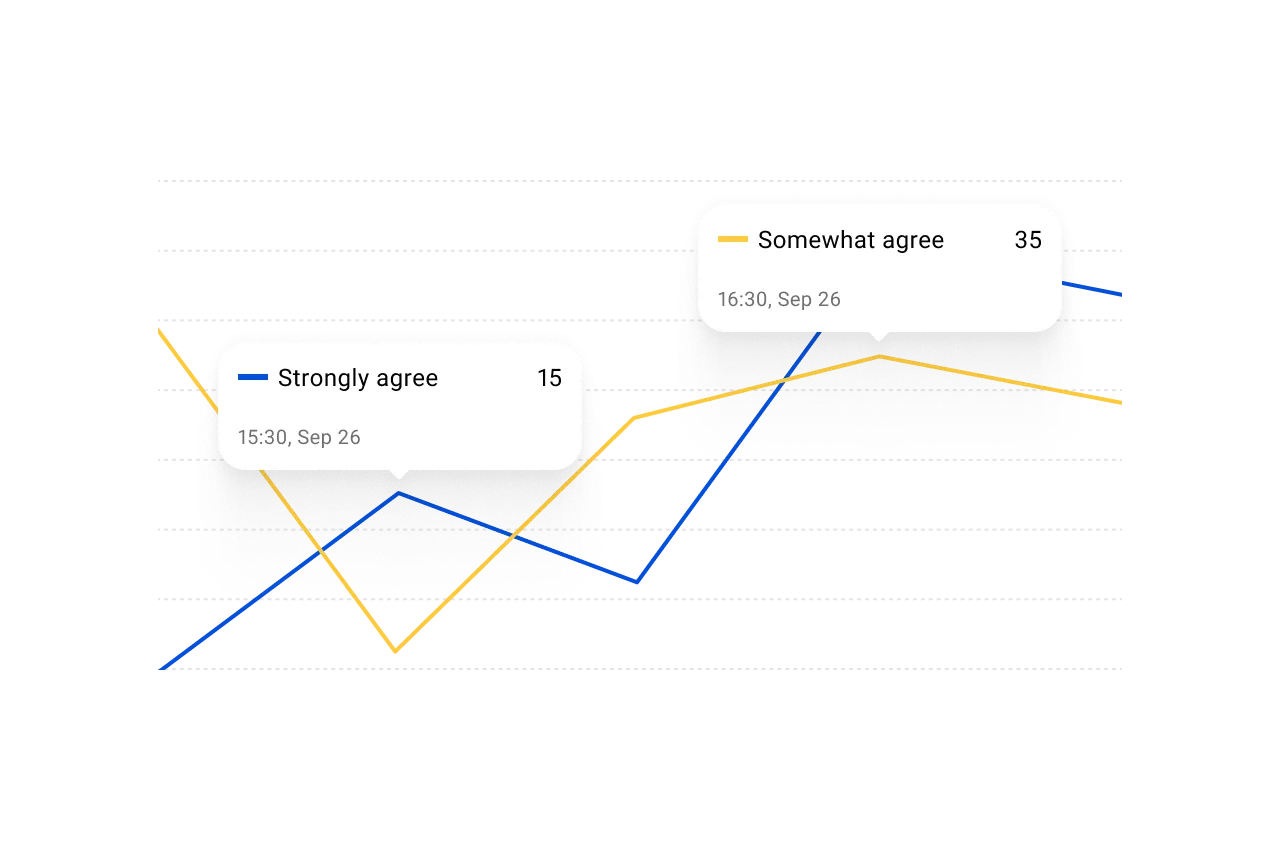
Employee retention
Employee retention is an ongoing challenge in every company, regardless of industry — and a modern intranet makes this struggle a lot less daunting. Many employees leave due to lack of recognition, limited growth opportunities, or feel disconnected from the organization. Therefore, by prioritizing retention and leveraging an AI-powered intranet, you can save costs associated with turnover and create an environment that attracts, aligns, and retains your valuable talent.
A modern intranet helps address issues by supporting every stage of the employee lifecycle — from onboarding to development and beyond. It also reduces frustration that comes from unclear communication, scattered resources, and a lack of connection, helping employees feel more engaged and supported throughout their journey.
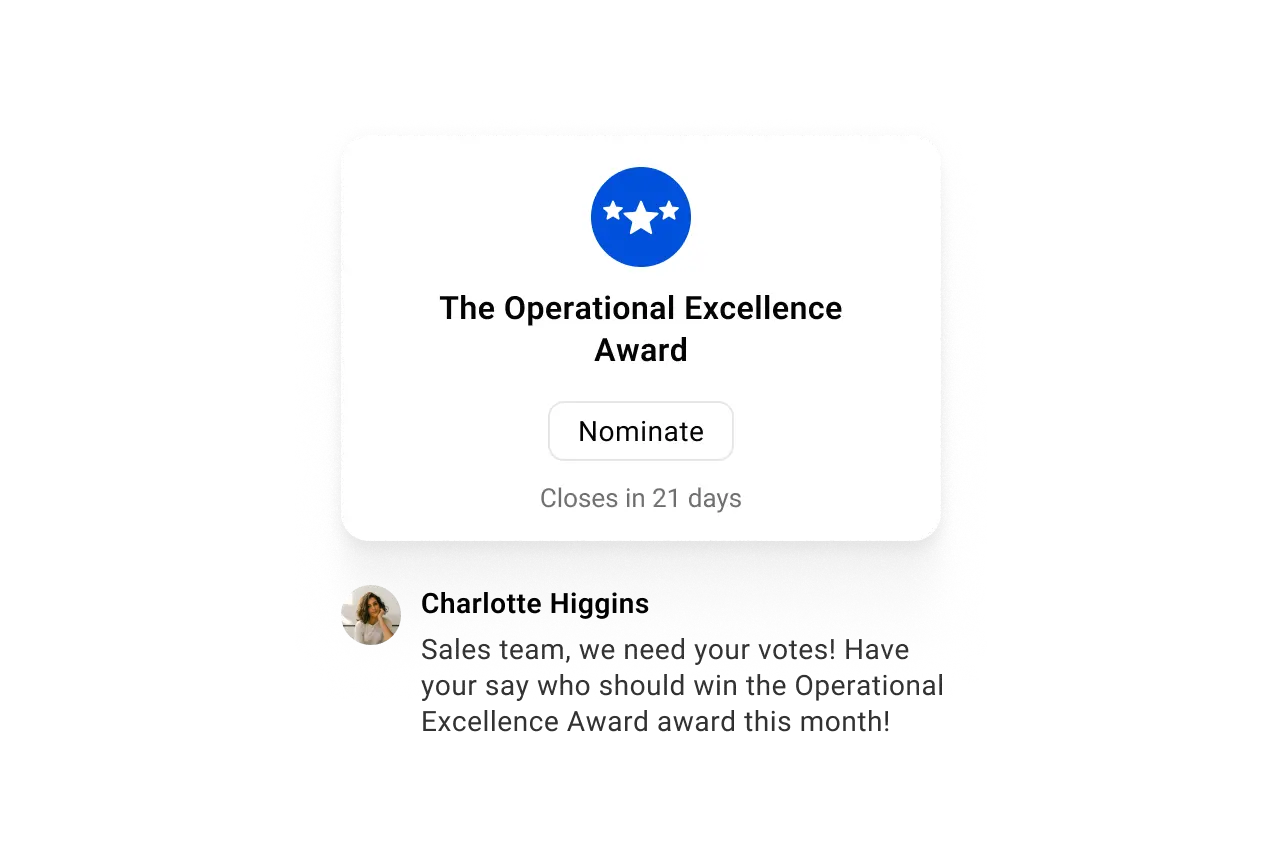
Improved employee productivity
As a digital workplace tool, an intranet is a centralized source of truth that allows access to critical information, data, knowledge, and documentation to complete business tasks. By having frictionless access to organization-wide data, your organization’s intranet creates transparency and trust. It also makes cross-functional collaboration easier across departments which results in increased employee productivity. This aspect is vital with workers spread out between home and office, especially in rapid growth where steady and reliable messaging is a mus
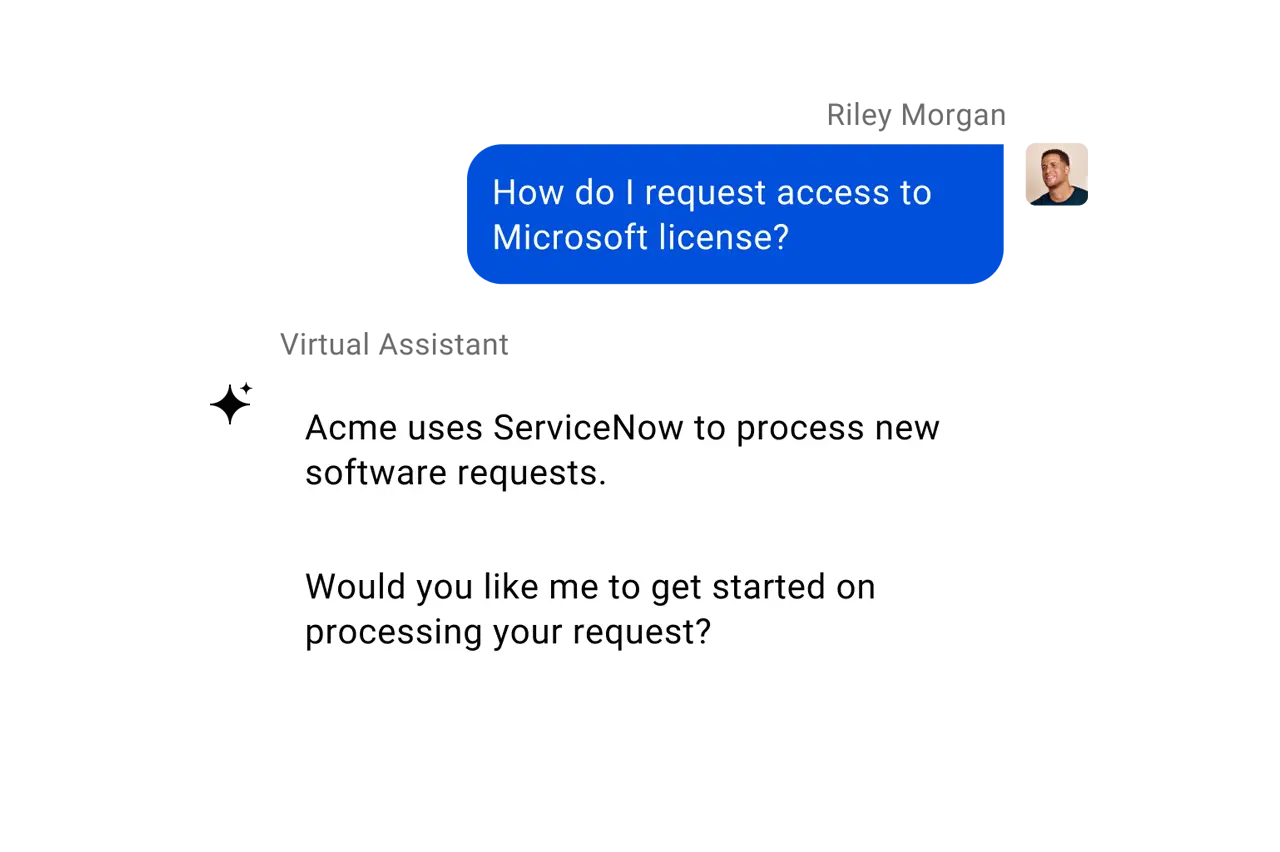
A fantastic employee experience
A modern intranet values and tightens cohesiveness in company culture across a distributed workforce. It drives engagement with a digital workplace that encourages employees to connect and communicate with the rest of the organization. With an employee experience intranet, an organization can gauge company-wide sentiment, tracking and measuring the company’s momentum and strategy by calculating engagement or launching surveys for employee feedback.
When organizations understand employees, they can calculate their retention risks by documenting tacit knowledge, history, and processes. Additionally, organizations can provide an enjoyable and valuable work experience by understanding their employees better.
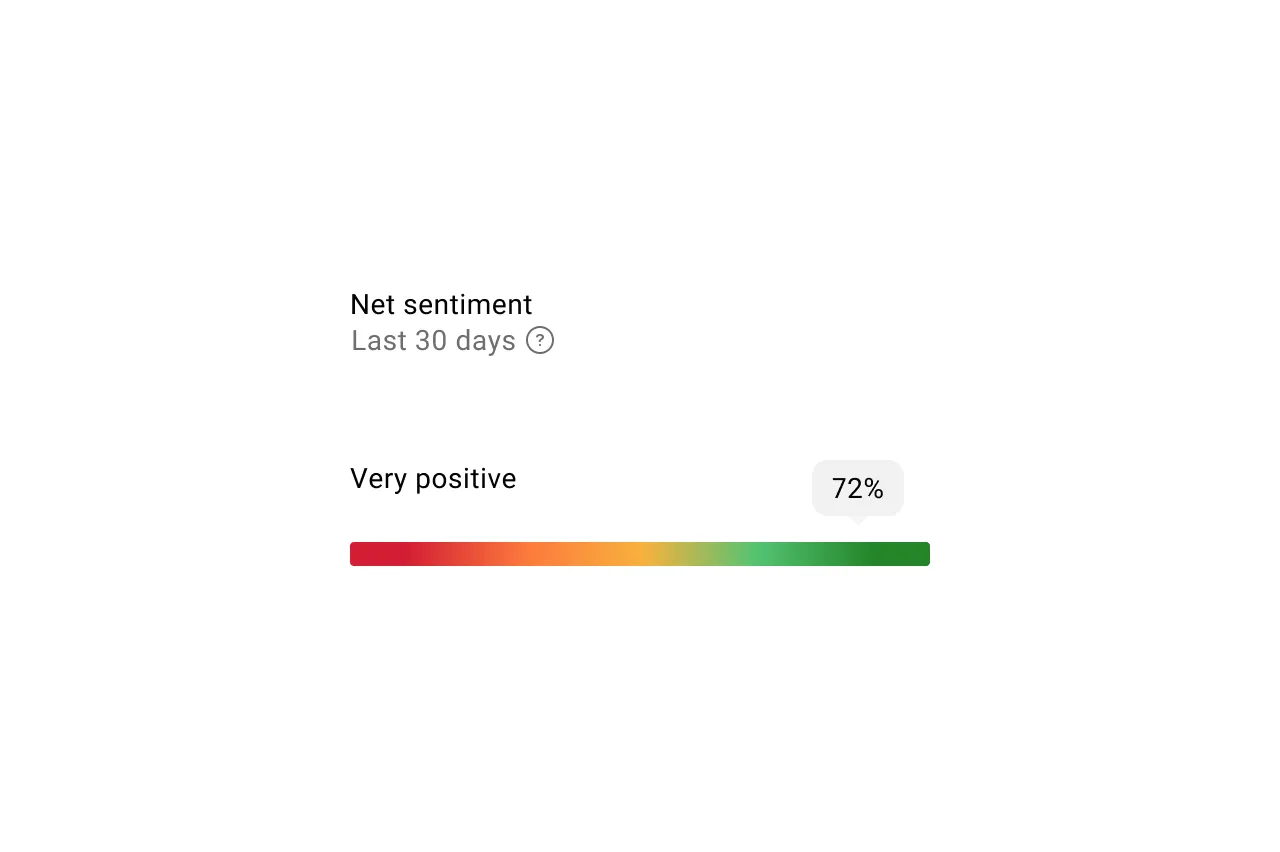
Seamless onboarding experience
An intranet makes it more efficient for employees to find what they need when they need it. It is an excellent tool for new hire onboarding as it enables a fast-onboarding experience. It also reduces costs as it encourages self-service by streamlining common support and mandatory processes. In addition, an intranet makes it easier to complete administrative tasks. And it becomes the go-to hub that the new hire will adopt for all their other productivity tools.
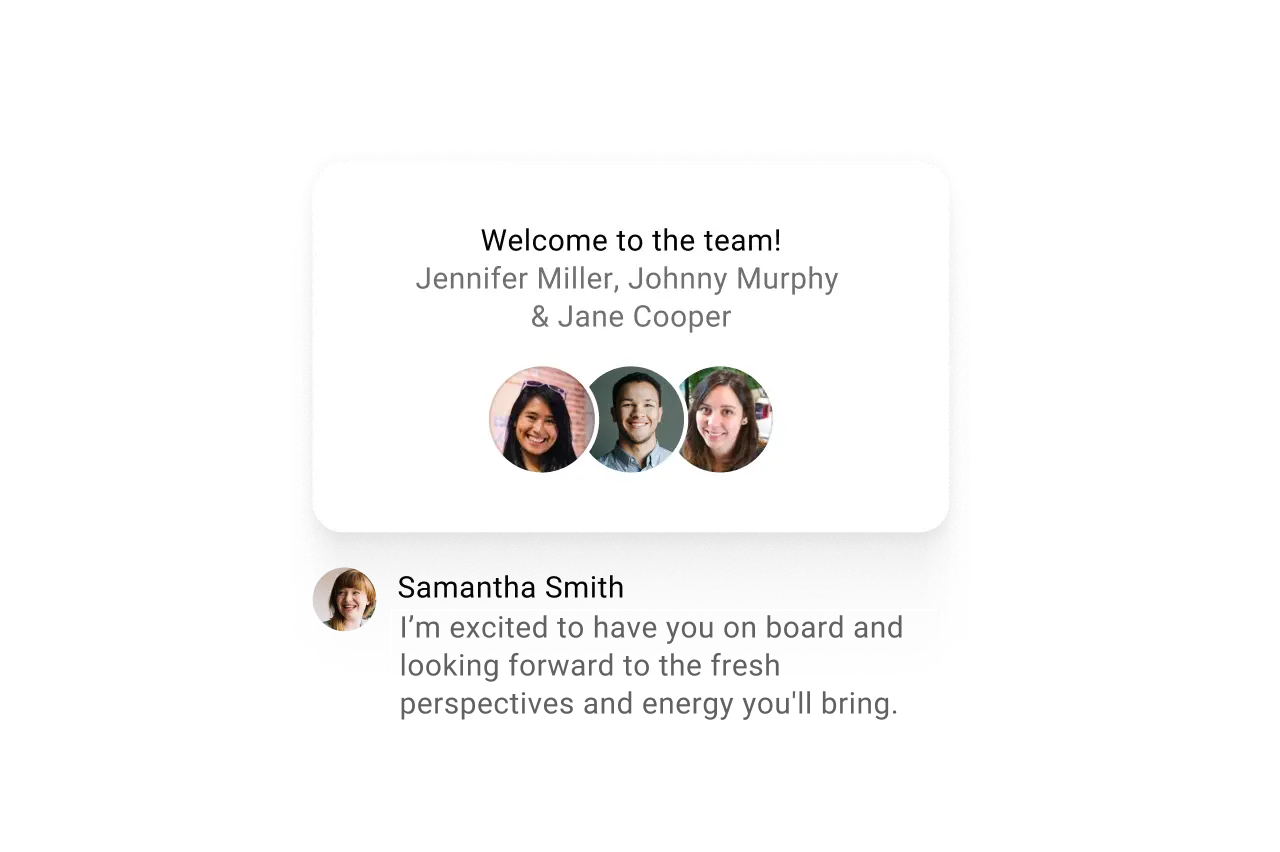
How an intranet works
An intranet works much the way the internet does. Like the internet, it operates over a communications standard called TCP/IP (transmission control protocol/Internet protocol) that connects hosts to users over a network. It then uses web pages to display information on employees’ computers, cell phones, tablets, etc.–just like the internet. Additionally, it uses web programming languages like HTML, Java, Flash, and XML to build these web pages with text, images, audio, and video. However, an intranet, as discussed earlier, is private.
So, for example, we’ll pretend that the employees of Simpplr use a website called SMPLintranet.com to post community events, locate files they need for projects, access the organization’s org chart, etc. Only employees with a unique password can access the company intranet.
It is not a public access site — it is only accessible to organization employees.
Advantages of an intranet
There are numerous benefits to a modern intranet — here are some stand-out reasons to adopt this digital workplace platform.
Create a cohesive company culture
If you’ve been paying attention to the past few years, company culture has been a considerable discussion inside and outside organizations. And having a positive company culture is at the top of job seekers’ lists.
An intranet builds a cohesive company culture by providing collaboration tools and transparent communications between leadership and employees. Here, organizations and leadership can foster community by recognizing their workers’ hard work and efforts. This recognition creates a personal connection with employees from the top down. Additionally, because intranets provide a single source of truth, they keep all employees on the same page so that they can work cohesively as a team.
Increase employee engagement
Employee engagement and company culture are interconnected. As we pointed out, a modern intranet improves company culture, and good company culture improves employee productivity and collaboration. In addition, an intranet helps employee engagement by aligning the employee to the organization’s purpose and recognizing their contribution, and it provides a sense of community at work.
Improve internal communications
The best intranets improve internal communications and encourage communication by empowering workers to not only access but share information as well. For example, individual departments or teams can upload critical documents, leadership can make organizational announcements, and product teams can share updates on their progress. And for remote workers and employees spread out across the globe, this is especially important.
Improve employee productivity
Because a central hub houses everything, it makes finding what employees need quick and efficient. And when an employee can find what they need quickly, less time is wasted. On the other hand, when employees have to dig to locate needed data, it leads to frustration. And frustration leads employees to give up and ultimately become disengaged. On the flip side, if employees can identify what they need when needed, they are more apt to use the workplace tools and be more engaged in their role at work.
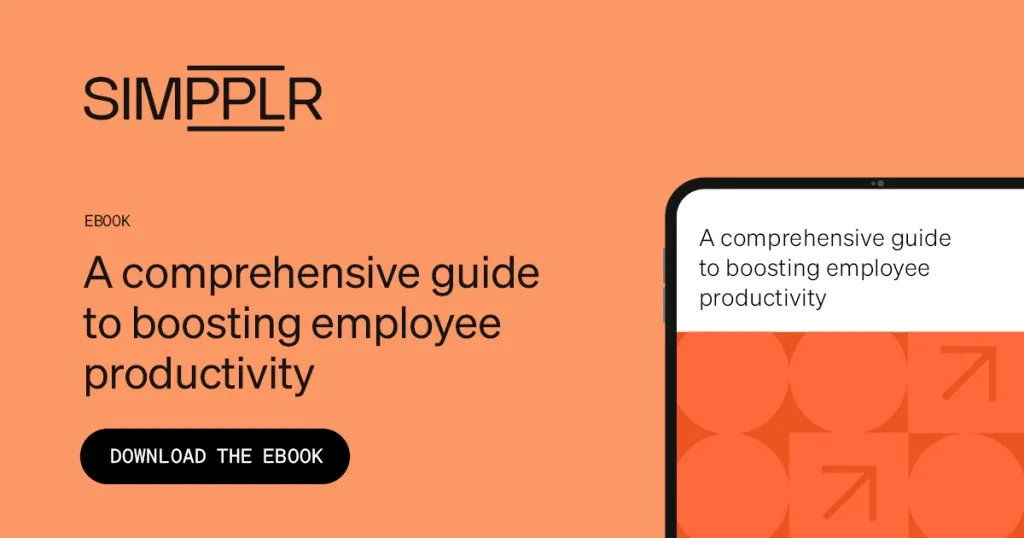
Improve organizational initiatives
It’s not all employee-focused though — organizational initiatives go hand-in-hand with the employee experience. Here are some ways a modern intranet can help:
- Company merger — Intranets align company culture, streamline processes, and connect employees.
- Digital transformation — An intranet is a gateway to all other digital workplace solutions and applications, such as Dropbox and Zoom. Use one single sign-in for all apps, reducing lost time and employee frustration logging in and out of apps.
- Attracting and maintaining top talent — Because intranets maintain a strong organizational culture and employee engagement, they can decrease turnover and act as a beacon to prospective talent.
Intranet disadvantages
So, are there drawbacks to this platform? The short answer? Yes. Time consumption costs and monetary reasons are the top two disadvantages. However, these concerns mainly hold true for older, outdated intranets that lack features or tools and which are not user-friendly, and this can mean there is a greater need for a deeply involved administrator. So, let’s take a closer look.
Needing extensive management
The benefits of a modern intranet do away with the need for an involved administrator. Automation tools, such as an auto governance engine, help companies manage data efficiently and straightforwardly. For example, an auto governance engine manages content by keeping content fresh and trustworthy by deleting or archiving expired content.
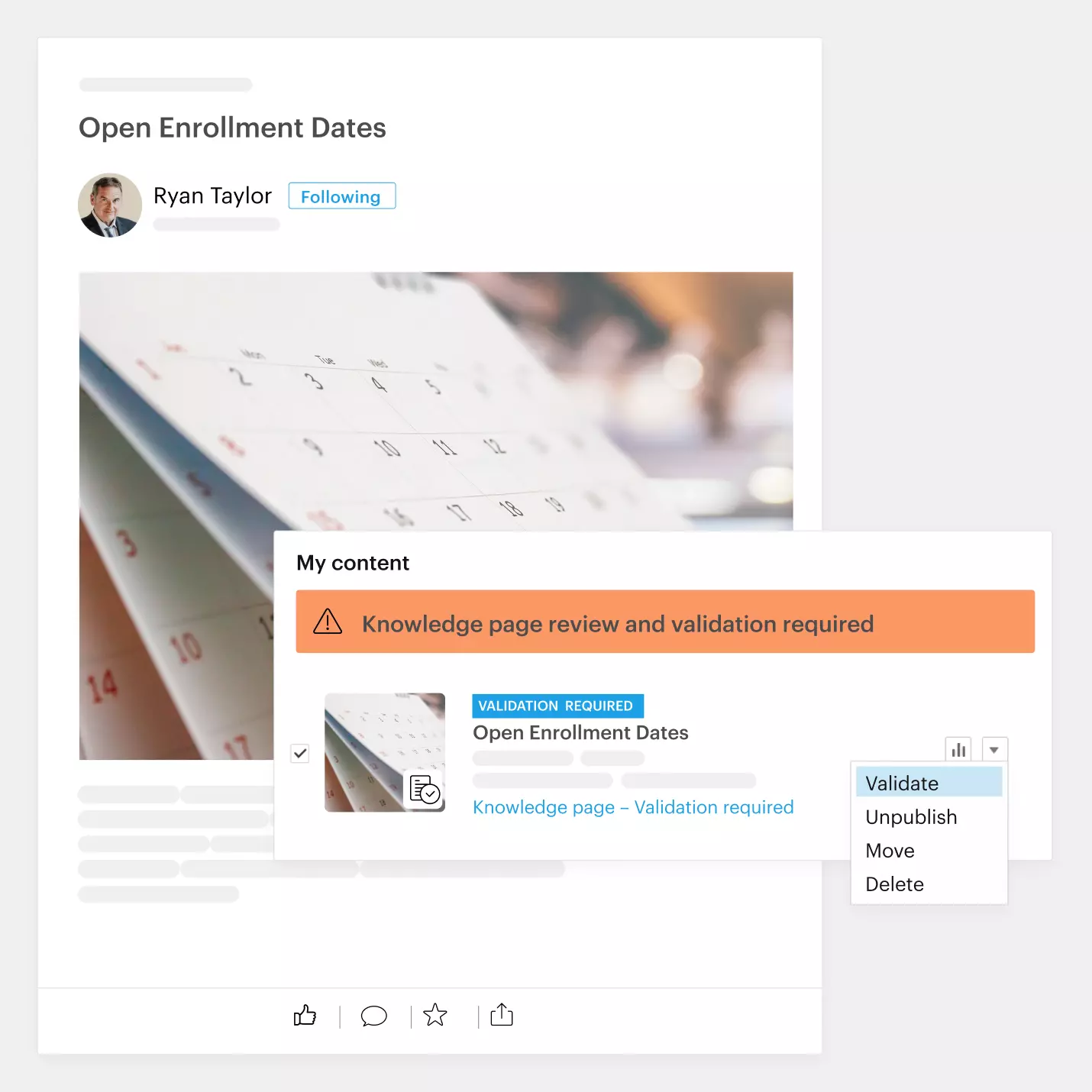
Lack of tools
Modern intranets offer a variety of employee experience-focused tools — meaning they reduce friction and frustration by providing employees with what they need at their fingertips when they need it. And this includes their mobile devices. Additionally, a modern intranet integrates employee productivity apps into the platform, giving employees a single source for everything they need.
Time-consuming to learn
Usability is vital when it comes to intranets. And some are clunky, making them difficult to use, and thus employees are less likely to use them. Intranet training and onboarding should be simple and seamless. Modern intranets today have customizable onboarding flows. Leadership can designate orientation content at the organizational level and for individual departments, roles, and regions.
Information overload
Your intranet shouldn’t be a dumping ground — however, for some intranets, that’s precisely what you get. With a modern intranet, organizations can streamline information so that data specifically relevant to specific departments or employees is viewable only by them. For example, store closures in Brooklyn due to a snowstorm aren’t the information the Florida office needs. This ability keeps the company intranet free and clear of irrelevant clutter.
Intranet best practices
If you’re going to adopt intranet usage in the workplace, here are a few best practices to employ.
Optimize for remote work
Remote work is no longer the exception; it’s becoming the rule in today’s modern workplace. And as such, everyone must be on the same page. Organizations can use an intranet platform to foster employee engagement by frequently posting updates and sharing relevant data.
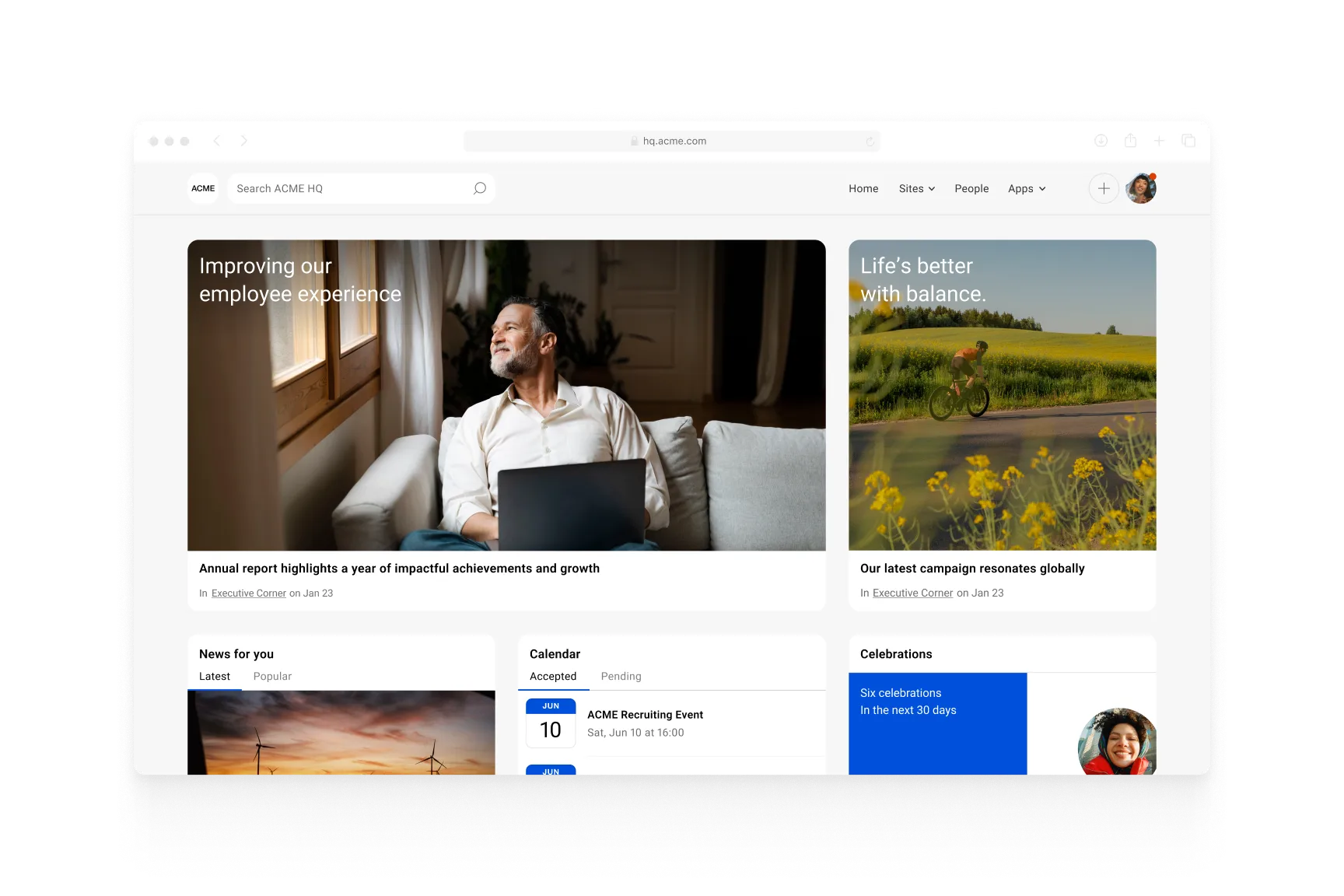
Multi-channel communications
Additionally, an intranet can be integrated with other apps to ensure broad reach and resonance using targeted messages delivered through multiple channels, including Slack, Teams, email, push notifications, and SMS. Having multi-channel communications keeps work tools streamlined, moving information to everyone when they need it.
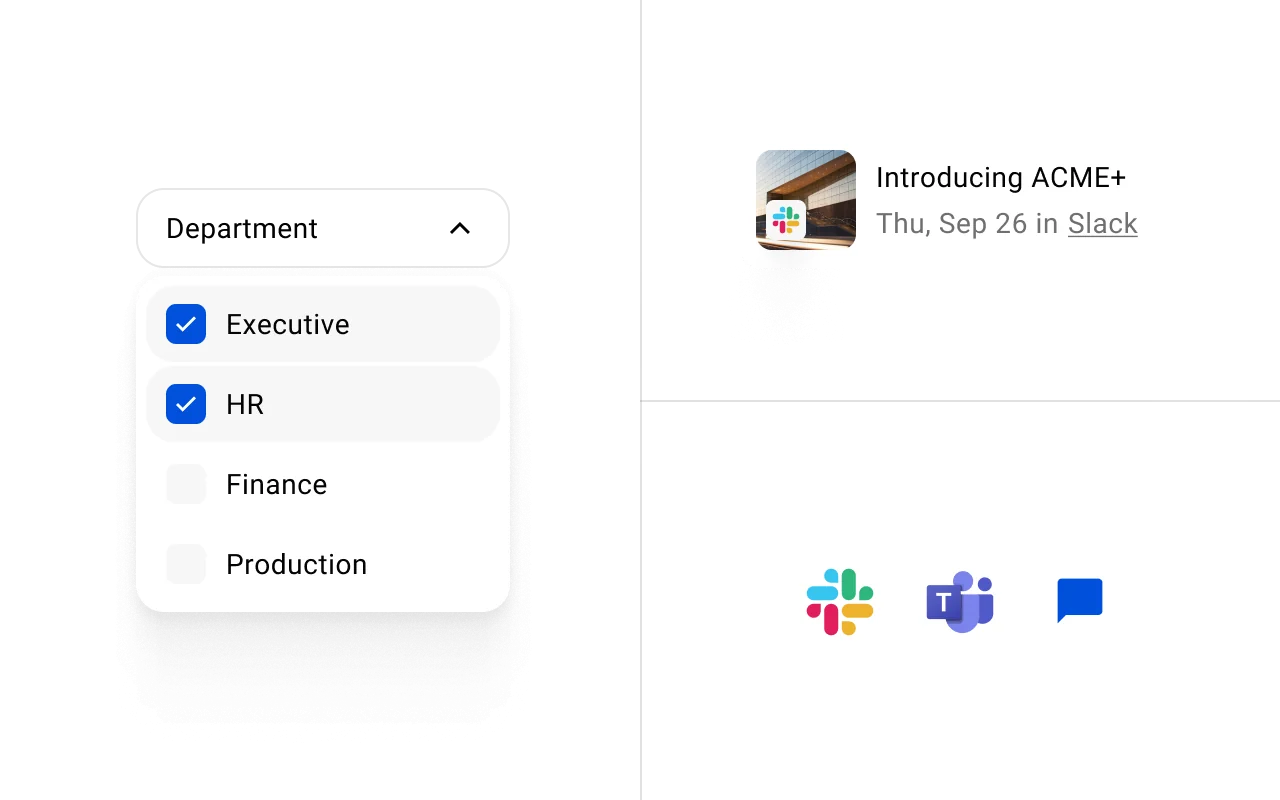
Amp up employee engagement with a single source of truth
Treat your intranet as a single source of truth. We use this term quite frequently. And that’s because it is critical in ensuring that your intranet succeeds. It needs to be where your employees come for everything they need, from subject experts to files. And be sure your intranet has content management that reduces your platform’s clutter by eliminating old and outdated files and folders so that employees find what they need quickly without having to wade through irrelevant content.
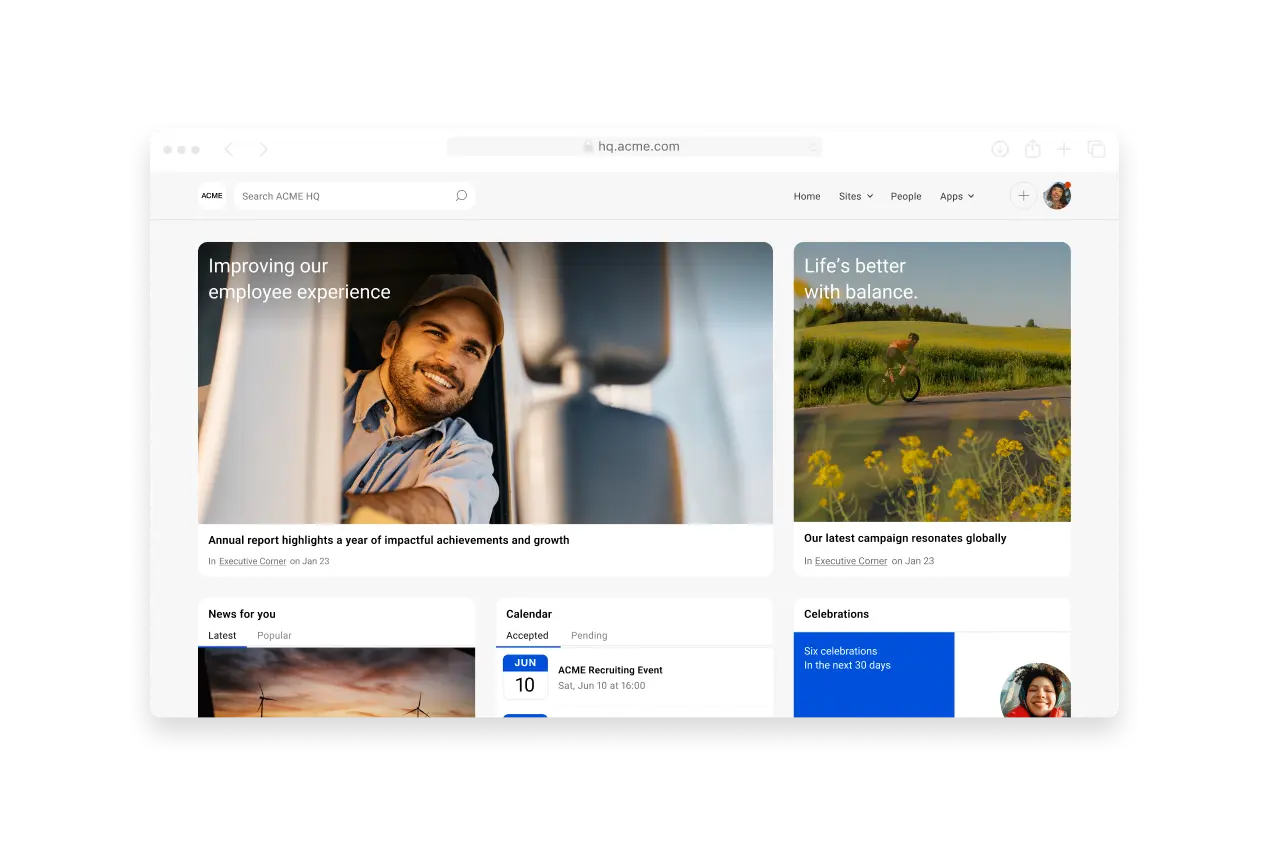
Eliminate data silos
It’s wasted time and energy for employees to hunt down someone from IT or HR and wait for a reply. Simplify self-service through a virtual assistant by allowing employees to quickly find answers, update information, and effortlessly resolve HR and IT requests. This way, employees have what they need when they need it!
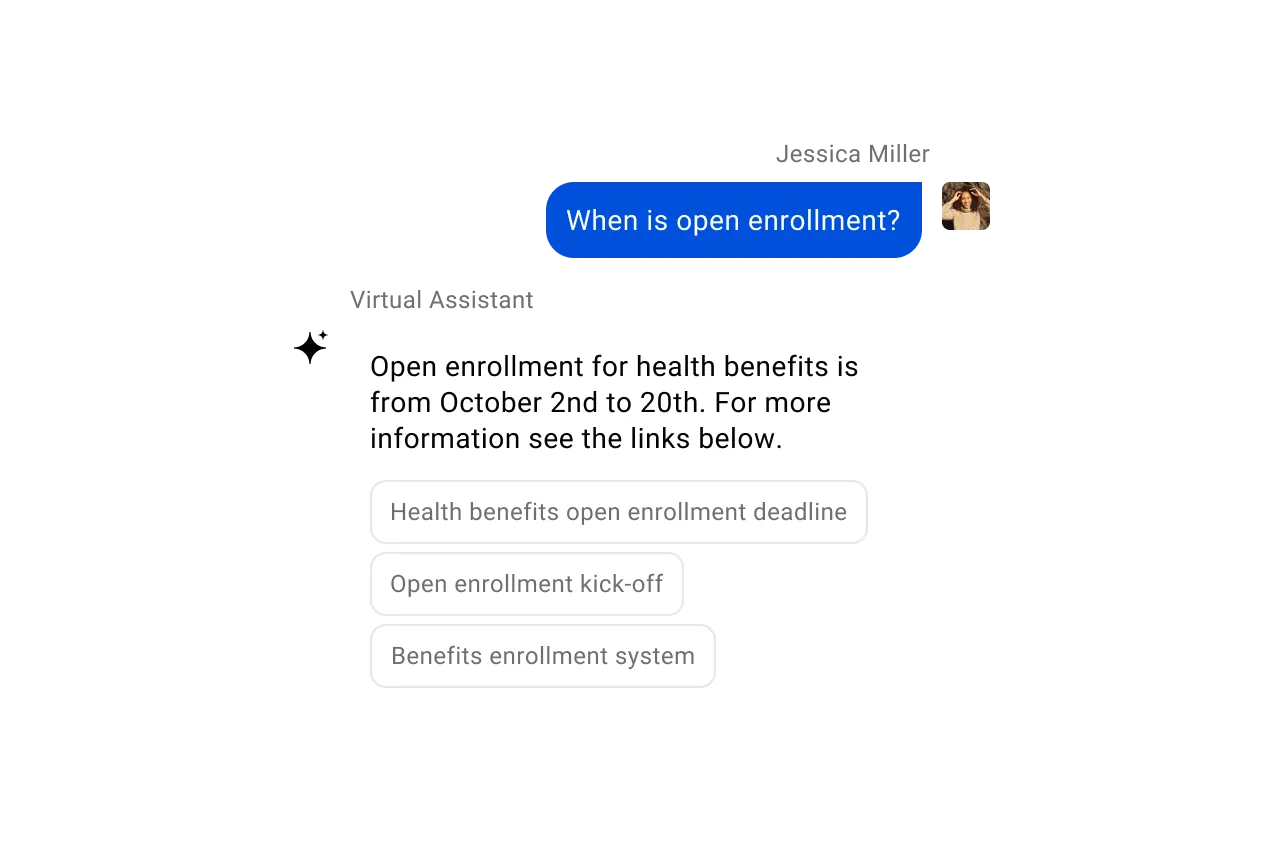
Amplify employee experience
Employee experience is how the employee experiences your organization — this extends to their intranet experience. A modern intranet can provide the tools to gain real-time insights on trending topics, emotions, sentiment, and user connections. These data points will help you understand your employees, so you can better meet them where they are.
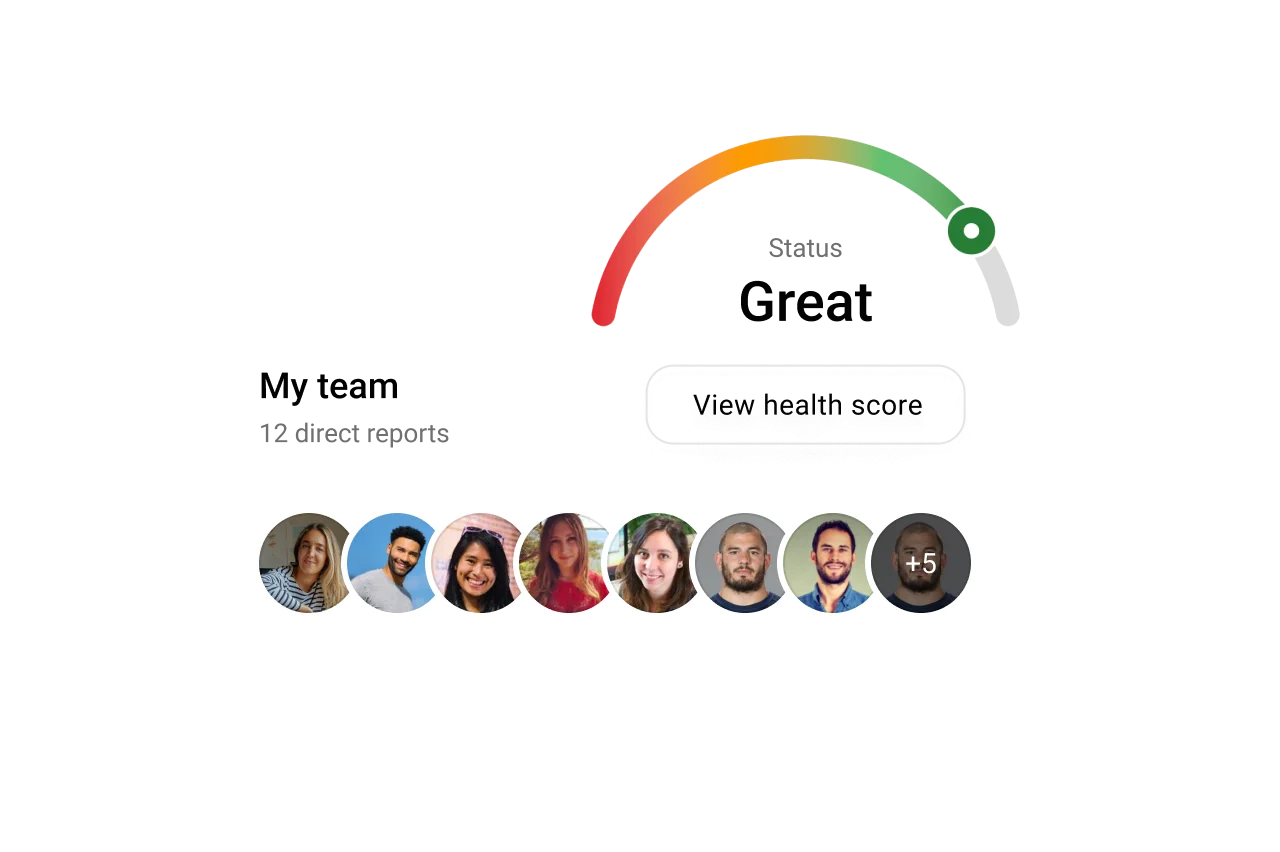
Modern user experience
Your employee should be able to access all their work tools in one area. Traditional intranets were limited to portals, but a modern intranet offers integrations with today’s top employee productivity tools. And it can assign one login, so there’s less time wasted switching between apps.
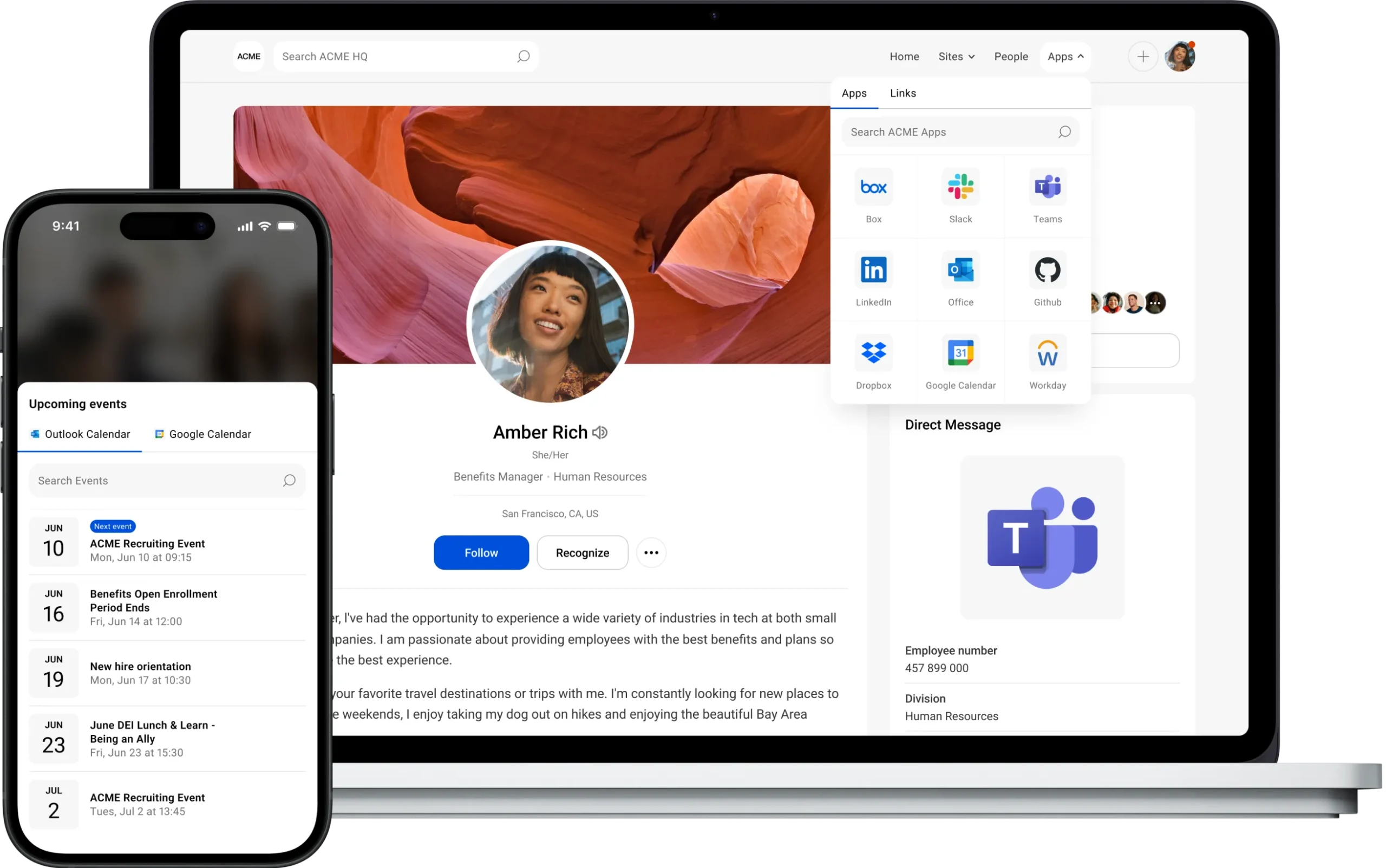
Intranet features that matter
There are many intranets out there, and it can be challenging to know what makes a great intranet. You want a great end-to-end digital employee experience. Here’s what you should be looking for:
Exceptional and easy user experience
You want a streamlined, intuitive user experience designed with the employee in mind — no matter where they are working — whether from home, in the office, or even on the road. In addition, each employee should have the same ease of access to files and documents specific to their role in the organization.
AI-empowered search capabilities
Finding what you need when you need it can’t be overstated! A smart search is critical in providing employees with a personalized experience. Smart Search queries all your organization’s knowledge bases and adapts results to each user, returning only the information that employees need.
Integration capabilities
We’ve talked about it a couple of times in this glossary — app-switching kills productivity. So instead, unify your digital workplace stack by choosing an intranet that offers integrations with workplace tools like Slack, Vimeo, Office 365, SharePoint, Oracle, and more.
Access information on the go
In the workplace, employees are spread out, and some are on the go. Today’s modern workforce demands a way for your intranet to travel. A mobile app is essential for your intranet so employees can access the data they need from wherever they are.
Analytics
The wave of the future in employee experience is specifically in analytics and prescriptive analytics. It allows you to listen to your organization’s heartbeat. Prescriptive analytics solutions uncover real-time, actionable intelligence. And this data not only helps managers drive adoption and engagement, but it can surface employee sentiment, feedback, and behavioral signals to enable action and deliver a better employee experience.
Track how users engage with content
Surface the best and worst performing content, and see how employees feel about it. Understand what employees are searching for most so that you can eliminate knowledge gaps, making their workload lighter.
Ensure compliance requirements are met and kept organized
Are your employees reading what you’re putting out there for them? A modern intranet has awareness checks to verify that employees are reading and absorbing critical company information. The track readership. You can also prompt feedback with frictionless employee experience surveys that assess sentiment and comprehension around critical messaging.
Easy adoption
An excellent intranet solution should make employees want to use it. And that starts with the onboarding experience. If a new employee’s onboarding process is disjointed, they will abandon it and become discouraged easily early on. A modern intranet should make it easy for new hires to find what they need, helping them ramp up faster and start contributing toward the organization.
Ready to see how Simpplr can transform employee experience? Reach out for a demo to see how this can work for you!
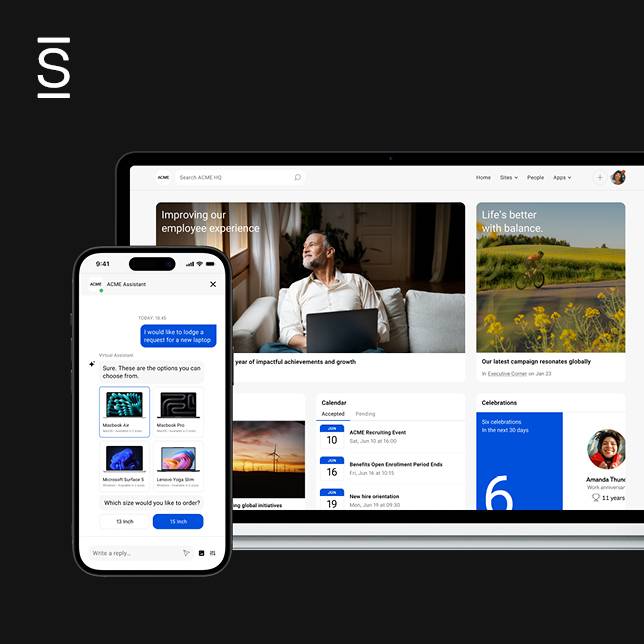
Watch a 5-minute demo
See how the Simpplr employee experience platform connects, engages and empowers your workforce.
- #1 Leader in the Gartner Magic Quadrant™
- 90%+ Employee adoption rate
